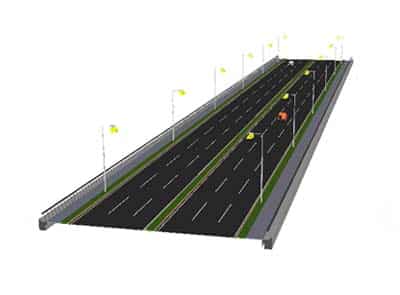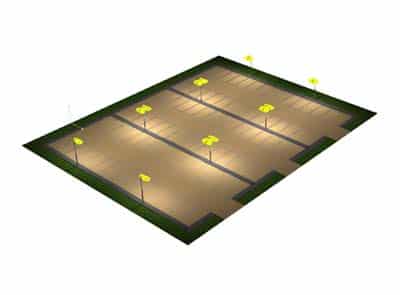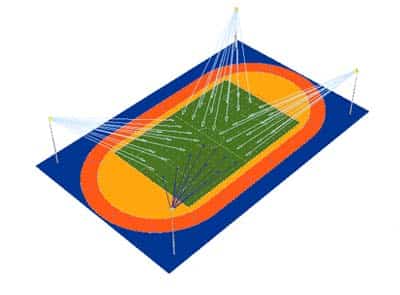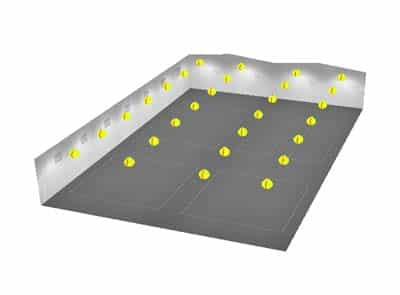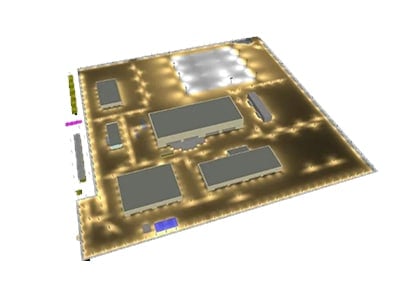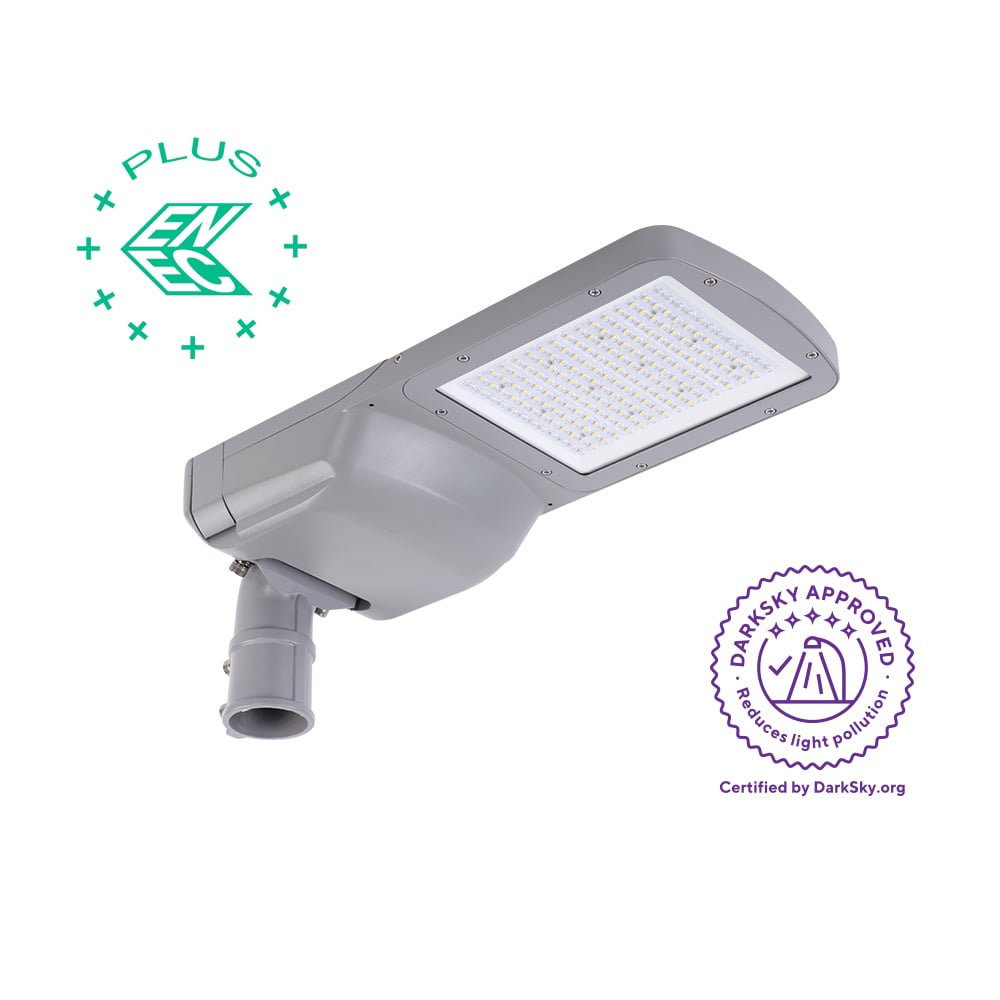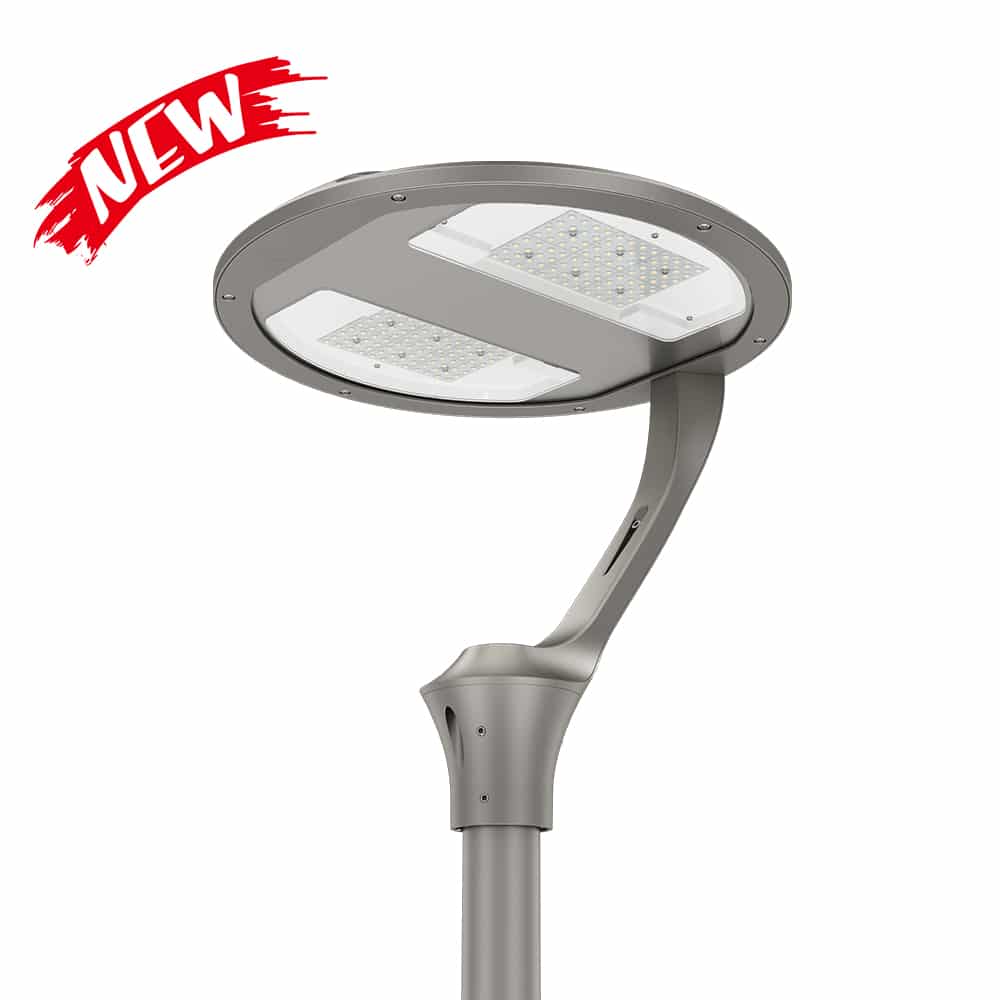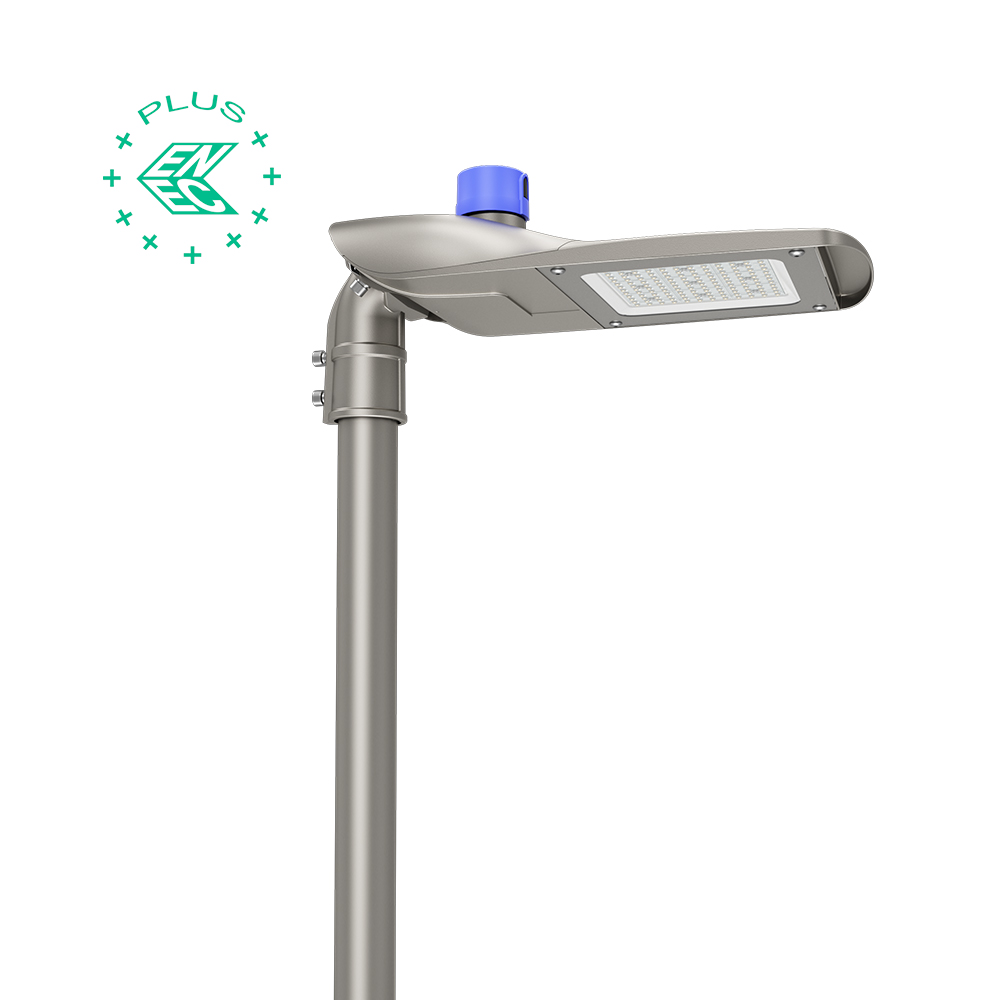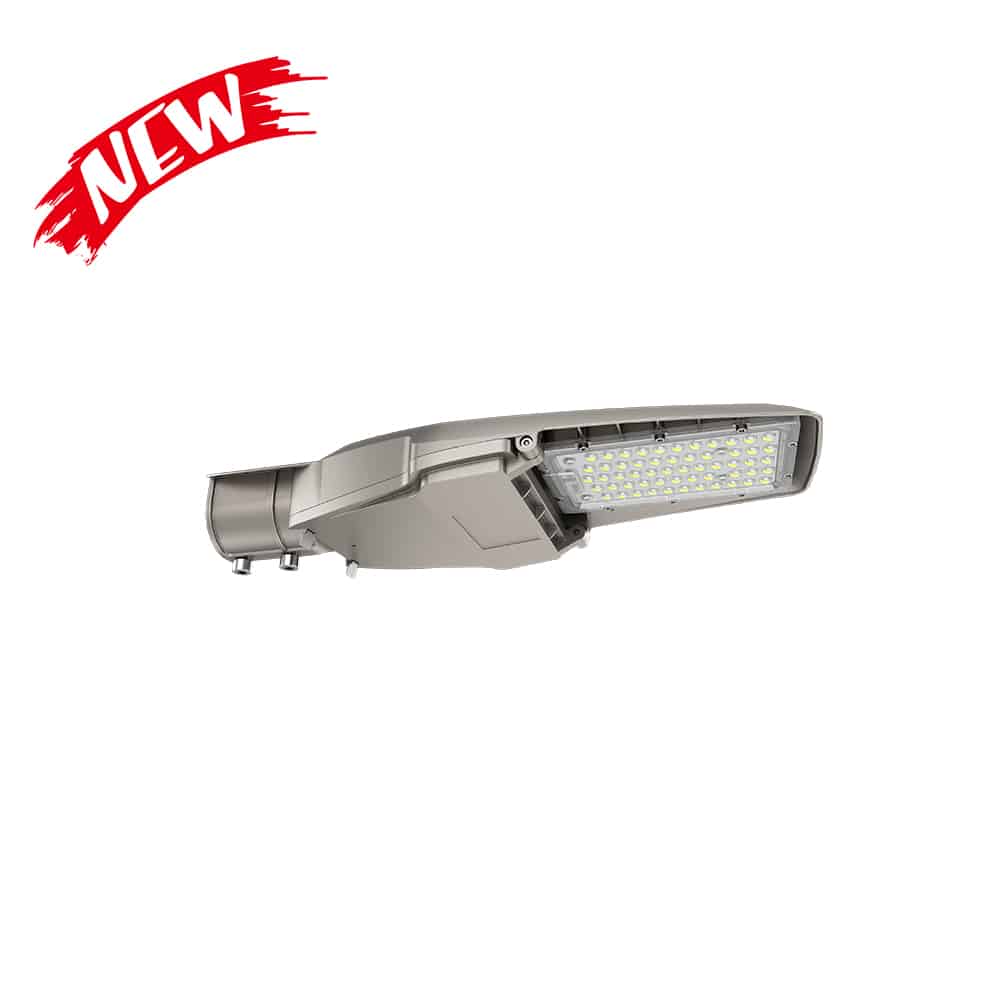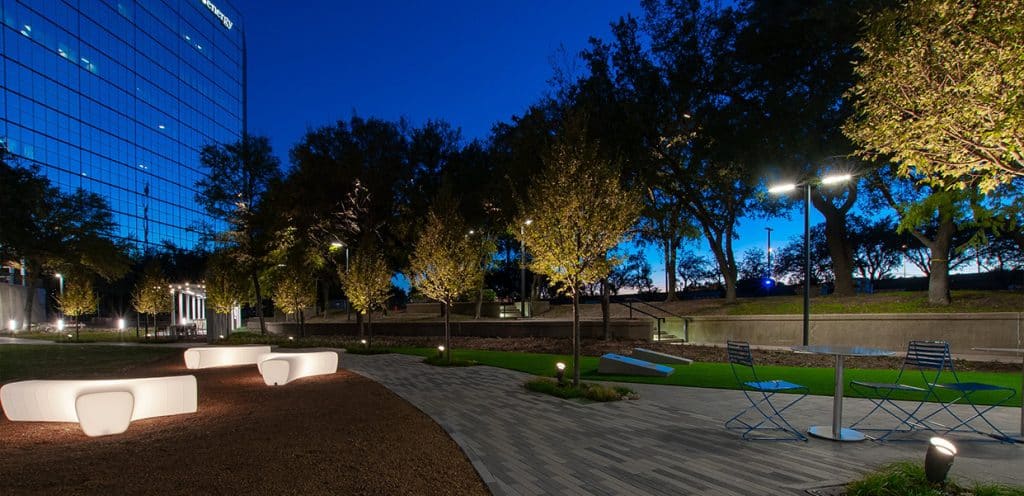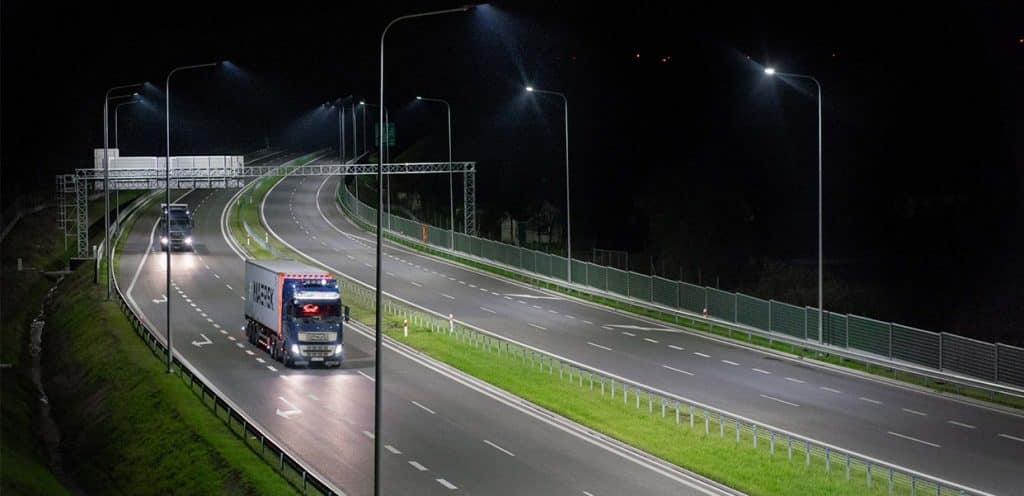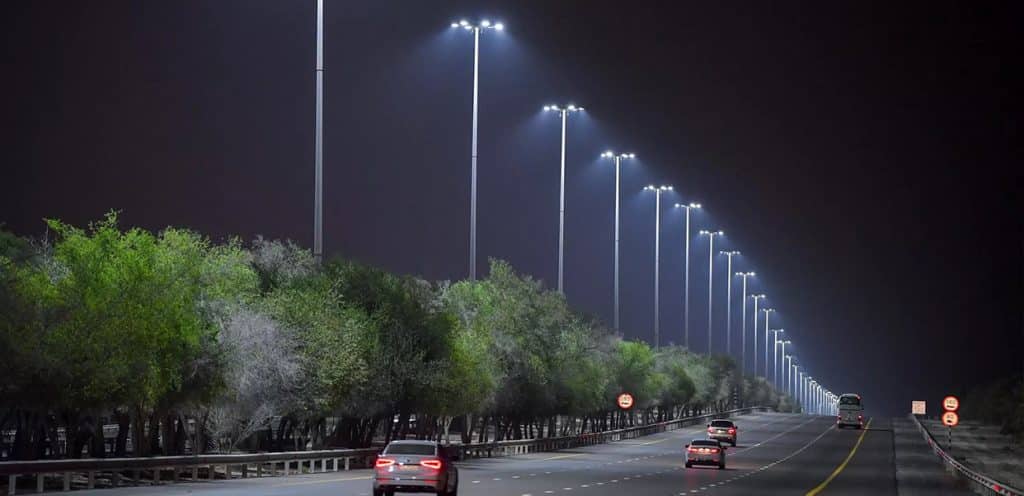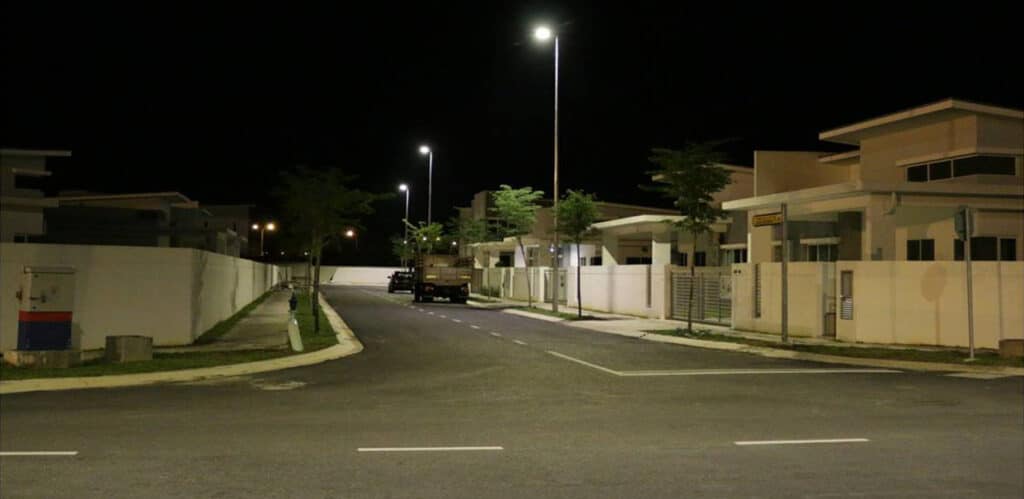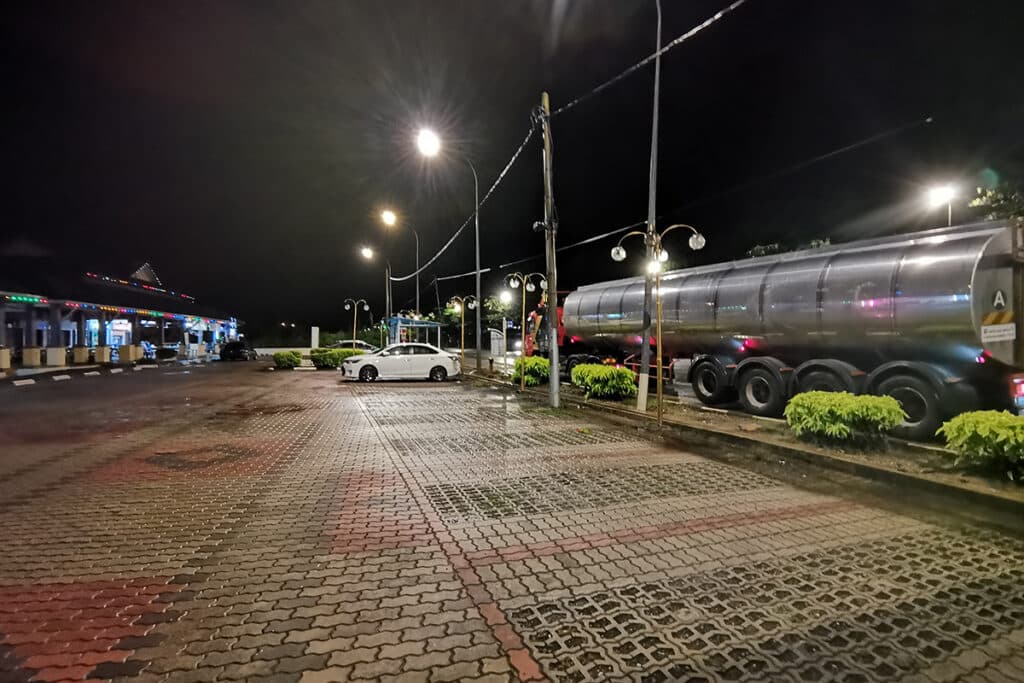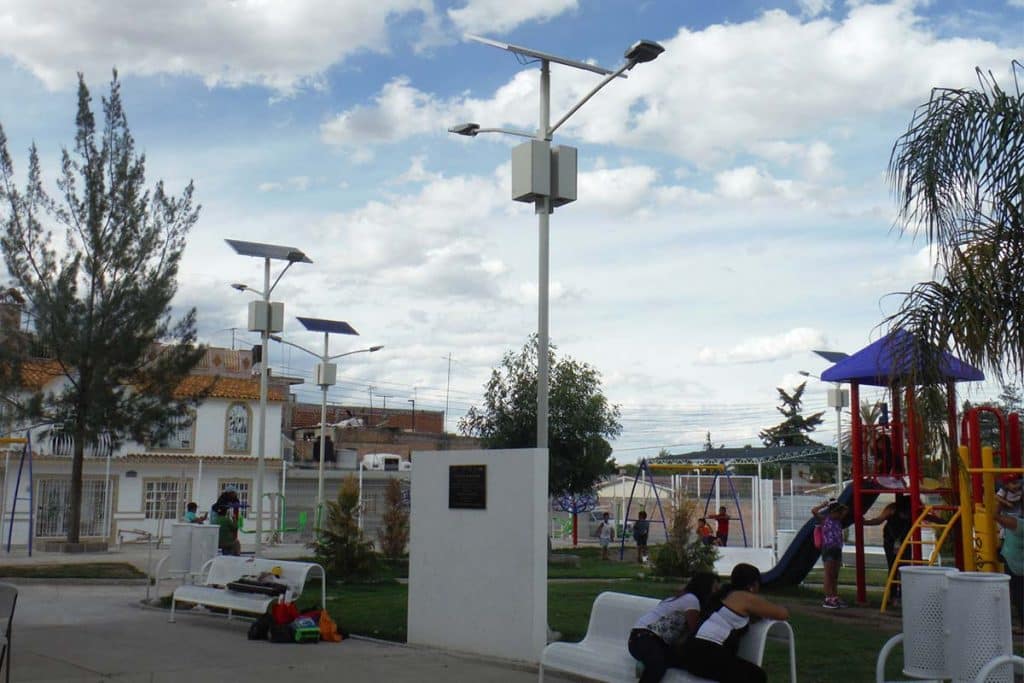AGi32 training – take parking lot lighting design as an example
AGi32 training – take parking lot lighting design as an example
Introduction
AGI32 lighting simulation software, as an outstanding product of Lighting Analysts, Inc. in the United States, has won wide acclaim in the lighting design community in North America and Australia for its excellent design concepts and powerful functions. It provides accurate numerical and rendering solutions for a wide range of application scenarios, including indoor and outdoor, road and sports lighting ( Please more about road lighting ), with its three core functions of modelling, calculation and rendering. For the specific field of car park lighting, AGI32 also shows its irreplaceable advantages. In this paper, we aim to discuss the application of AGI32 in car park lighting, firstly, we will outline its significant advantages in this field; secondly, we will introduce the relevant standards to be followed in car park lighting; lastly, we will elaborate on the efficient application of AGI32 in car park lighting simulation through actual cases ( AGi32 training ), and how it can help designers to achieve the optimal lighting effect.
Why go with AGI32 lighting design for parking lot?
Flexible lighting calculation
AGI32 has two calculation modes. One is the normal mode ( Direct only method ), which only calculates direct light. It is fast and easy to use. The other is the complete mode ( Full radiosity method ), which uses light energy transfer technology to calculate reflected light. It can calculate the illumination data very accurately and render the brightness distribution. In addition, AGI32 has many calculation point types, including horizontal illumination, vertical illumination, and glare rating ( What’s glare? ) of different standards. AGI32 also has a customizable statistical area, which can perform lighting calculation statistics on different areas. This can be achieved by defining different statistical areas.
Powerful modeling capabilities
General lighting calculation software does not have modeling functions, and the degree of scene simulation is very low. It can only simply convey scene parameters in the form of plane stretching. Since the basis of software calculation is itself inaccurate, the credibility of its results is low. AGI32 can build almost any geometric object in addition to various rooms (indoor) and buildings (outdoor – Click the link to explore the top LED lighting manufacturer in China and find the perfect lighting solution for your needs! ). At the same time, the software comes with a large number of object libraries that can be easily called. Any building or object can be given various colors and reflectivity, and even textures can be used. In addition, it has the functions of light energy transfer and light/shadow tracking, so it can render realistic and delicate color pictures, accurately depicting the light distribution ( What’s light distribution? ) on the lighting area, which is almost the ability of professional 3D modeling software.
Rendering and Output
AGI32’s rendering engine uses radiosity technology (the famous 3DMAX: its early versions did not have this function), and the display uses 0penGL graphics language, which clearly shows the style of professional software. In addition to .BMP images, the output results can also get VRML virtual reality files, which can be rotated freely on the computer in all directions, making it easier to observe the brightness distribution from all angles, which is much more vivid than 3D renderings. In addition, it has strong interactivity, because once the 3D animation is output, its viewing angle is fixed, and the observer cannot browse according to his own wishes, but AGI32 has done it.

Parking lot lighting standard
The parking lot lighting standards in the United States are published by the Illuminating Engineering Society (IES) of North America, and usually refer to the IES RP-20-14 standard, Lighting for Parking Facilities, which is a lighting standard specifically for parking lot lighting (indoor or outdoor). Similarly, Europe also has relevant standards for parking lots, namely the EN12464-2 standard, Light and lighting – Lighting of work places, Part 2: Outdoor work places ( Find more about EN12464-2 lighting standard ). These standards are all aimed at providing appropriate lighting guidelines for parking lots to ensure the safety of pedestrians ( Standard and requirements refers to pedestrian lighting ) and drivers. Let’s take a look at some of the requirements of these standards below.
| Pavement Type | RP-20-14 | Avg:min | Max:min | Increase in Illuminance | |
| Pre-curfew | Asphalt | 5 lux | 4:01 | 15:01 | 2.5 times |
| Concrete | 10 lux | 4:01 | 15:01 | 5 times | |
| Post-curfew | Asphalt | 2 lux | 4:01 | 15:01 | |
| Concrete | 2 lux | 4:01 | 15:01 |
| Type of area, task or activity | Em ( lx ) | Uo | RGL | Ra | Specific requirements |
| Light traffic, e.g. parking areas of shops, terraced and apartment houses; cycle parks | 5 | 0.25 | 55 | 20 | |
| Medium traffic, e.g. parking areas of department stores, office buildings, plants, sports and multipurpose building complexes | 10 | 0.25 | 50 | 20 | |
| Heavy traffic, e.g. parking areas of major shopping centres, major sports and multipurpose building complexes | 20 | 0.25 | 50 | 20 |
We can see that in addition to the requirements for illumination and uniformity, the EN 12464-2 standard also puts forward requirements for display index and glare. In fact, we can also find similar requirements in RP-20-14, which are all to ensure the quality of parking lot lighting. It tells lighting designers to consider color reproduction, adaptability, uniformity, glare, energy efficiency, etc. when providing lighting for parking lots. In addition, RP-20-14 also covers the following contents:
a) Timers: To automatically turn lights on and off based on pre-set schedules ( Find more about timer dimming ).
b) Occupancy sensors: To detect motion and adjust lighting levels accordingly.
c) Dimming controls ( What’s street light dimming system? ): To adjust light levels depending on the level of activity or time of day.
d) Daylight harvesting: To reduce electric lighting output when sufficient natural light is available ( Why we shall pay attention to light output degradation? ).
Lighting design steps of parking lot lighting with AGI32 ( AGi32 training )
Select the calculation method, set units, import CAD, creat calculation surface
To simulate park lot lighting using AGI32, we first need to confirm the calculation mode. AGI32 provides three modes to choose from: Full Radiosity Method, Direct Only Method, and Direct Only Method – Autocal on. Next, we need to import the project drawings and set the units (Lux or Fc, meter or feet) and make sure the dimensions are accurate. Next, we need to import the project drawings and set the units accordingly and make sure the dimensions of the drawings are accurate. It would be very helpful to have a street view (such as the one on Google Earth) that corresponds to the drawing. Finally, using the drawing tools in AGI32, we need to define the polygons (including calculation points) for the park lot lighting area. Once these steps have been completed, you can move on to the fixture layout and lighting calculations.
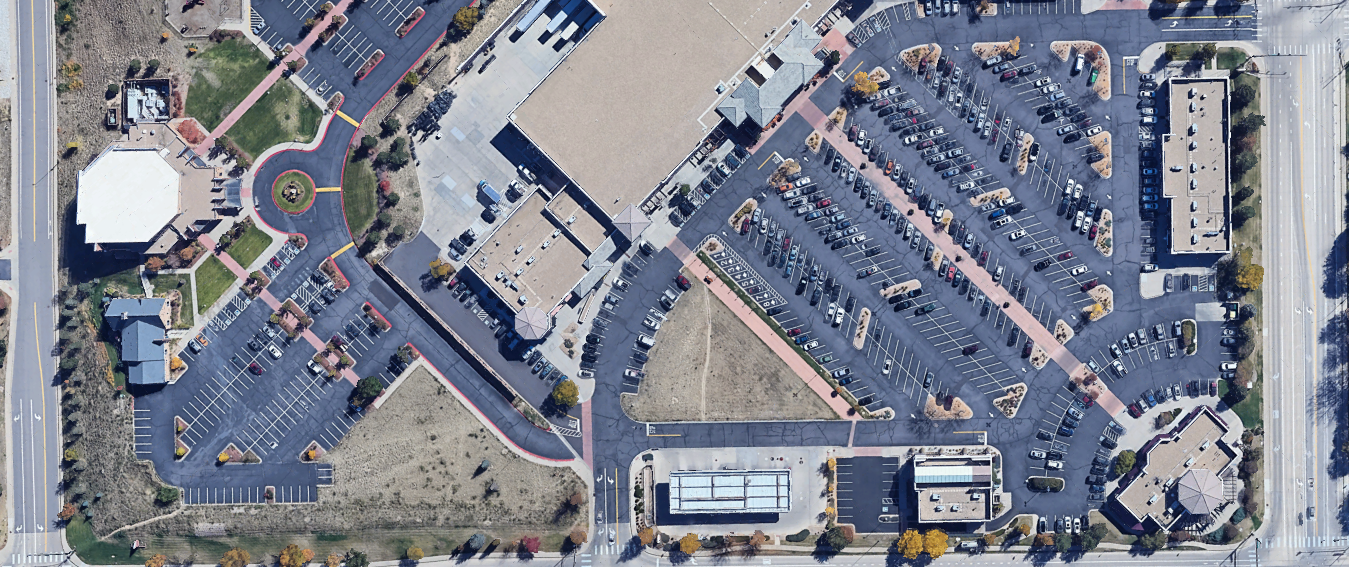
Define the luminaire arrangements and create Iso- illuminance
Unlike the Dialux lighting software, where lighting simulations can be performed by inserting the luminaire IES file, the luminaire definition process in AGI32 is relatively complex. In AGI32, we need to confirm the luminaire’s label, description, total LLF ( LLF stands for Light Loss Factor, and it’s similar with maintenace factor ) , symbols and arm length in detail. In addition, the AGI32 also provides a very user-friendly lamp arrangement settings, through which we can choose a single lamp, two lamps side by side (twin lamps), two lamps back-to-back, two lamps @ 90 degrees arrangement, and other types of arrangement. These features greatly simplify the process of placing lamps. To facilitate lighting design, AGI32 also allows us to call up the Iso-illuminance (or Isoline) of a luminaire, allowing the user to visualise the distribution of illumination around the luminaire and make appropriate adjustments accordingly.
Complete the luminaire layout, highlight the value, modify the lighting design
Once the preliminaries are in place, we need to arrange the luminaires according to the site information. Thanks to the AGI32 software’s ability to display iso-luminance lines, this is relatively easy. At this point, we only need to adjust the height and orientation of the poles and the spacing between them. After completing these settings, we can proceed to the lighting calculation. To make it easier to observe the results, we can highlight the areas where the values are below 0.2 fc, so that the lighting simulation can be adjusted accordingly. At the same time, referring to the criteria mentioned in the previous section (Ave/Min<5, Max/Min<15), we can clearly see the parameters related to illumination uniformity ( What’s uniformity in lighting design? ) and adjust the luminaire layout accordingly until we get a satisfactory result.
Add a separate statistical area, Add luminaire labels and numbers, Add room and object, Get the report
The AGI32 report covers the luminaire schedule, luminaire location summary and calculation summary. In order to produce a complete report, we can add additional separate statistical areas at this stage. In addition, we can bring up the Isoline for a more visual presentation of the simulation results. At the same time, by inserting rooms or objects, we can bring the lighting scene closer to reality. If necessary, we can also insert background images and render them in order to show the lighting results to the client. Taking the car park area as an example, the lighting results are as follows: Average Illuminance (Illuminance, Fc) is 1.35, Maximum Illuminance is 5.0, Minimum Illuminance is 0.4, Average Illuminance to Minimum Illuminance Ratio (Avg/Min) is 3.38, Maximum Illuminance to Minimum Illuminance Ratio (Max/Min) is 12.50.
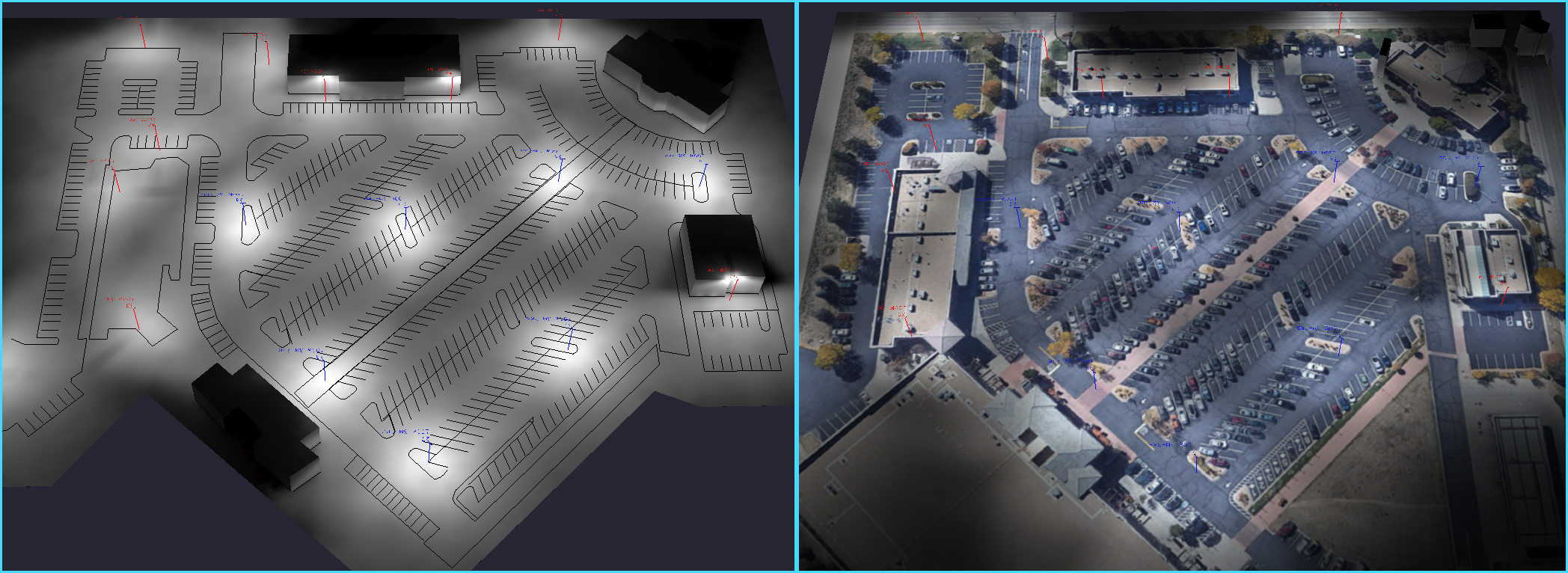
ZGSM solution – AGI32 and Dialux
ZGSM offers lighting design services using Dialux and AGi32, whether your lighting simulation needs are for road lighting, sports court lighting or indoor lighting, we have a solution for you. In terms of park lot lighting, although AGi32 does have significant advantages, its scope of application is somewhat limited due to factors such as its operational difficulties and charging rates. Therefore, at present, we mainly focus on Dialux lighting simulation ( Check to see light design for other applications ). Below are some examples of our road, pitch, car park lighting and indoor lighting applications, which you can learn about if you are interested. If you have a project to design, please feel free to contact us for more information.
Summary
AGi32 training for parking lighting design mainly involves the setting of lighting scenes, define luminaire arrangements ( labels description and numbers ), layout of parking lot lights, create illuminance calculation area, report generation, etc. During the whole calculation process, AGi32 will perform a lot of calculations based on the user’s settings of lighting parameters to generate lighting results. In addition, AGI32 is a relatively powerful software. It can render lighting scenes to better show the lighting effect. It can also customize reports such as defining different lighting calculation areas and statistical areas to confirm that the results meet the corresponding requirements. However, AGI32 is an encrypted commercial software that only provides a one-month trial version. The annual price exceeds 1,000 US dollars, which may be an important reason for limiting its wide application. In contrast, the cost of Dialux is relatively low ( less than 100 euros a year ), and its application is relatively wide. If you are interested in the application of Dialux in lighting design, you can refer to this blog – Dialux lighting design.
Related Products
Related Blogs
Related Cases
People also ask
Author introduction

Hello Customers,
My name is Taylor Gong, I’m the product manager of ZGSM Tech. I have been in the LED lights industry for more than 13 years. Good at lighting design, street light system configuration, and bidding technology support. Feel free to contact us. I’m happy to provide you with the best service and products.
Email: [email protected] | WhatsApp: +8615068758483

